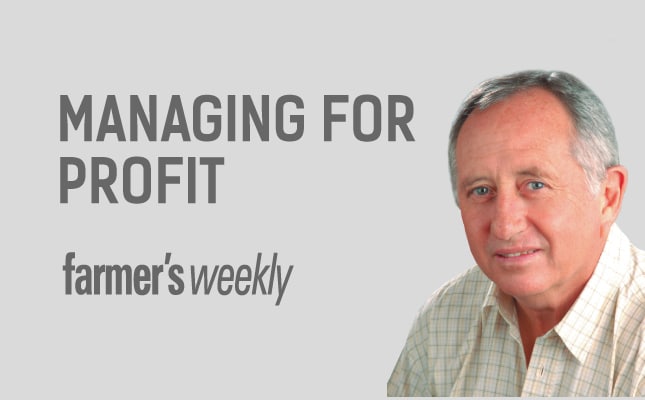
Stereotyping is perhaps the most destructive human bias of all. Apart from the negative impact it can have on interpersonal relationships, it often leads to a serious misjudgment of an individual’s values and competence.
In business, it can result in missed opportunities. It nearly did this to me.
I was looking for land to expand our broiler operation, and by chance saw some dilapidated chicken houses on a plot on the outskirts of town.
I learnt they belonged to a Mrs Vilakati, and was able to get her telephone number from one of the shack dwellers. I doubted there was any chance of doing business with her, but phoned anyway, and set up a meeting.
When I arrived at the plot, expecting to be kept waiting, there she was: immaculately dressed and ready to talk business.
My unconscious (or hidden) biases had been working overtime!
As discussed in previous columns, we all carry with us two types of bias. ‘Cognitive biases’ are part of our genetic makeup. An example is the bias that always colours memories of the ‘good old days’, making them seem better than they were.
Then there are the ‘unconscious’ or ‘hidden biases’, like the ones that led me to assume I was unlikely to do business with Mrs Vilakati, who turned out to be a reliable business partner for years.
Harder nuts to crack
While we can learn to identify and guard against cognitive biases, unconscious biases are harder nuts to crack.
We might chuckle over a cognitive bias, such as the one that makes the past seem better than the present, but hidden biases are no laughing matter. People can get very angry when such biases are challenged, because they don’t recognise them as such.
Hidden biases are emotionally rooted products of our upbringing and life experience, and involve deeply held attitudes about sensitive issues such as race, gender, age or generation, disability, marital status, nationality, political beliefs, religion, sexual orientation and social standing.
They affect how we perceive reality and how we view people and react towards them.
While cognitive biases can lead to flawed judgement and bad decisions, allowing unconscious biases free rein in ourselves, or in any organisation, can lead to chaos and failure.
But all is not lost. It’s possible to make the unconscious, conscious. We need to realise our brains make mistakes without us even knowing it. Put another way, we are all affected by unconscious biases, and the first crucial step is to acknowledge that they exist.
Identifying them and talking about them will help us mitigate their effects, or get rid of them in the workplace.
Consider carrying out anonymous employee surveys to understand which issues of ‘hidden bias’ and unfairness might exist in your company.
Do the same at an exit interview with employees who are leaving. They will feel freer to express their views and share their experience with the company.
Positive images
Carry out an exercise with a cross-section of staff, reviewing every aspect of the employment life-cycle for ‘hidden bias’.
Also check your CV screening, interviews, mentoring, performance evaluation, training, promotion and termination procedures.
Provide an anonymous complaint channel, like the tip-off channels that are often in place for reporting dishonesty or corruption, enabling employees to report incidents of bias that have affected them.
Finally, if necessary, consider distributing stereotype-busting stories and images. It’s been shown time and again that a positive image of specific groups of people is a powerful way of combatting hidden biases.







